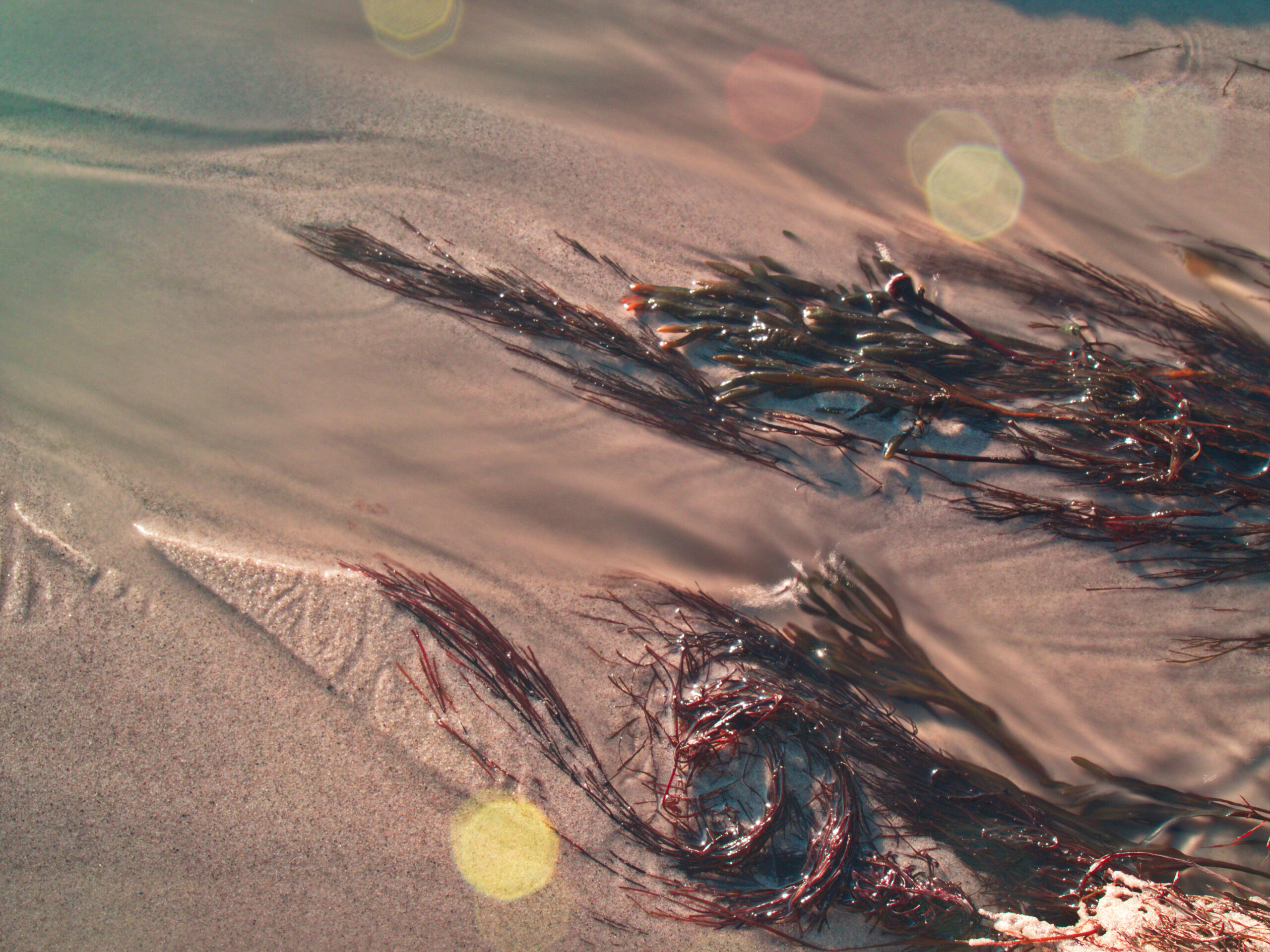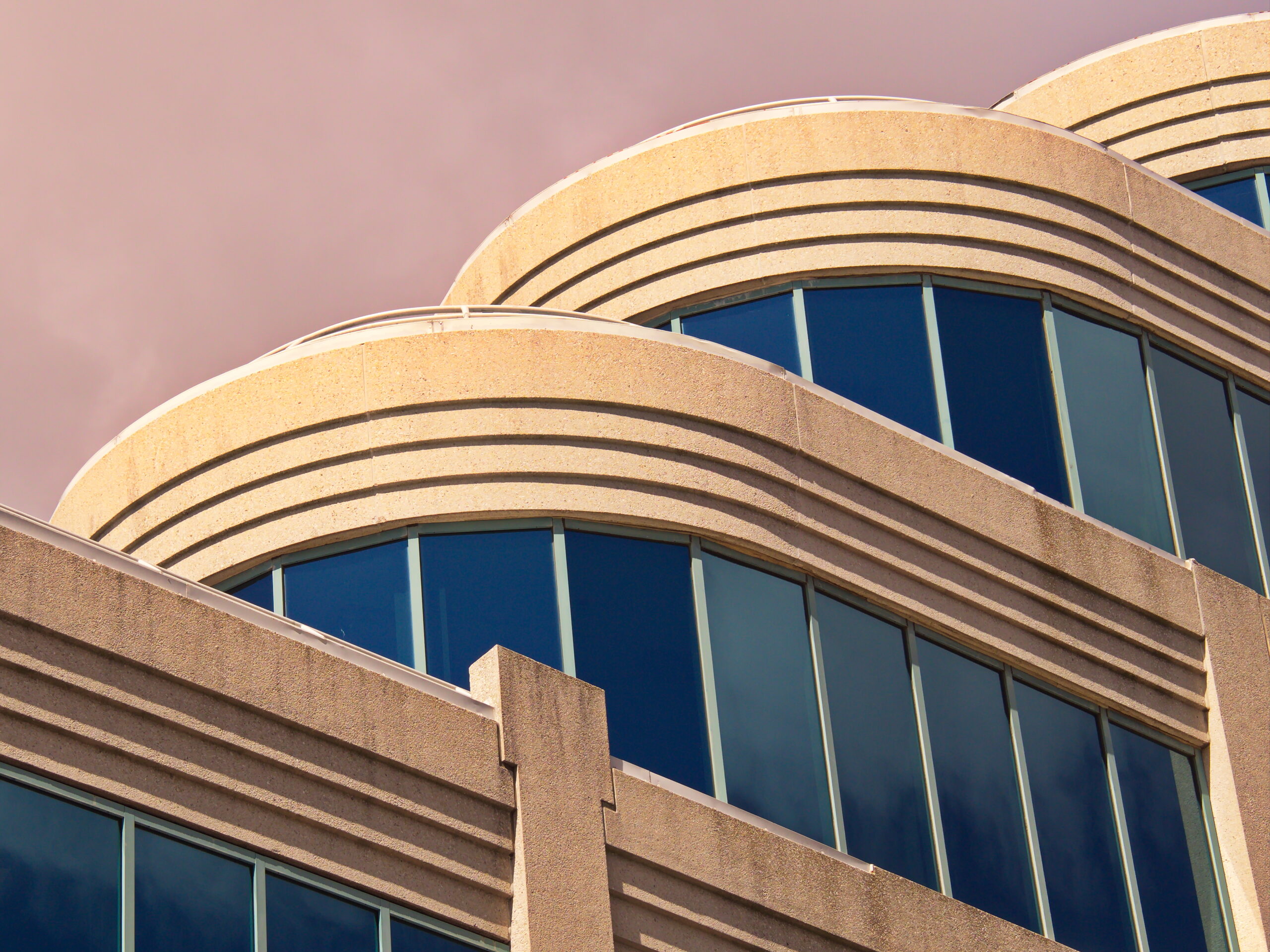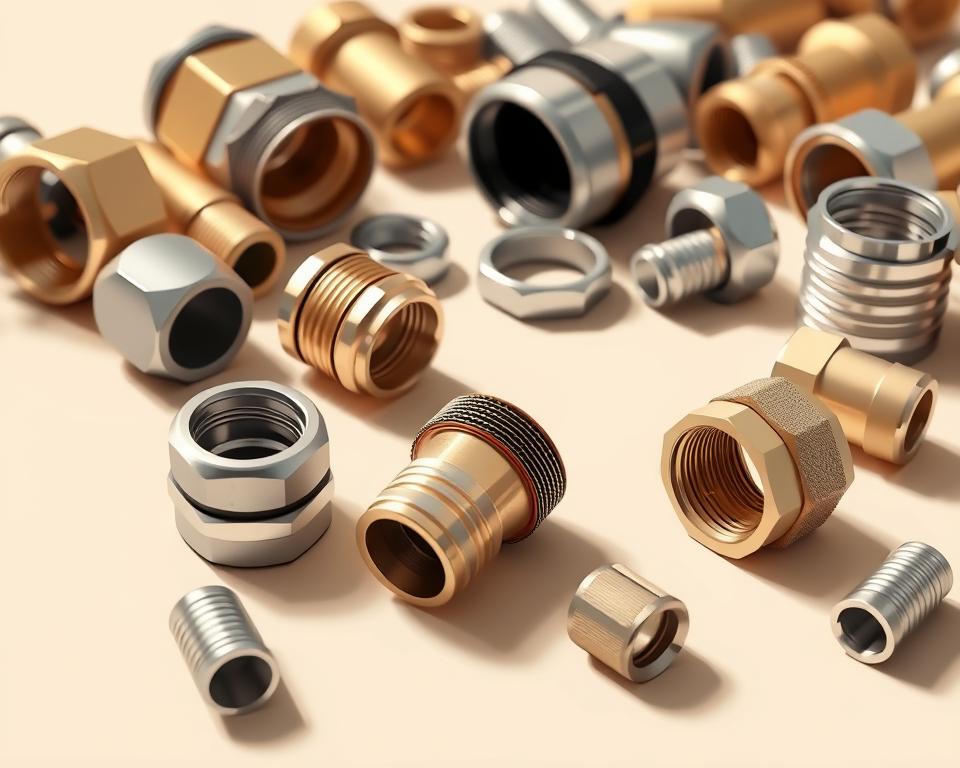Understanding Optical Fiber Auxiliary Coating Processes
Have you heard that more than 90% of worldwide web data flow relies on fiber optics? This fact emphasizes the criticality of every component in fiber optic cable fabrication, notably the fiber secondary coating line. These systems are vital for guaranteeing the cables’ durability and performance.
This article will investigate the complexities of fiber auxiliary coating systems. We will discuss their vital role in shielding optical fibers. Furthermore, we will look into how these systems improve fiber strength and efficiency. This understanding is essential for those engaged in SZ stranding line industry and production.
Overview of Optical Fiber Technology
Fiber optics has changed data transmission, employing light waves over electric currents. This method ensures rapid communications with reduced signal loss. At the heart of this system are the basics of fiber optics. These foundations are reinforced by a complex structure. It comprises a nucleus, cladding, coating, strengthening fibers, and a shielding cover. Each component is crucial for the system’s functionality.
The technology’s incorporation into telecommunications has transformed our information environment. It effectively handles high data traffic, enabling web, telephony services, and TV services. As a result, optical fibers not only enhances efficiency but also guarantees reliability globally.
What is Fiber Auxiliary Coating Lines
A fiber secondary coating line is a assembly of specialized equipment and operations. It applies shielding coats to fiber strands after production. This auxiliary layering is essential for the optical fibers’ durability and operation. It shields them from environmental and mechanical risks. The importance of coatings in maintaining fiber optics’ integrity is obvious.
Definition and Importance in Optical Fiber Manufacturing
The auxiliary layering operation is critical in fiber optic manufacturing. It involves coating the fiber cores with a polymeric covering. This coat safeguards the fibers during deployment and use. It prolongs the durability of fibers by minimizing wear from bending, scratching, and contaminants.
Without these layers, strands would be susceptible to breakage and performance issues. This process is vital for upholding the fiber’s resilience.
The Role of Coatings in Protecting Fiber Strands
Coverings play a crucial role in upholding the light transmission and structural integrity of fibers. They function as a barrier against physical stress and environmental factors. The significance of coverings is clear; they enhance the fiber durability. This provides smoother deployment and a longer operational period.
This focus on secondary coating is vital for those in optical fiber technology. It’s a detail that greatly affects the fiber’s performance and durability.
Components of Fiber Secondary Covering Processes
The fiber secondary coating line is a complex system, consisting of multiple critical parts. These elements are crucial for producing top-notch items. They help us understand how a fiber secondary covering setup works and what it demands to operate effectively.
Primary Tools Summary
Key machines like fiber spoolers, gel units, polymer applicators, crossheads, and cooling units make up the core of the secondary covering process. Each tool is essential for the layering operation. For illustration, the coating machine liquefies the layering polymer, and the crosshead covers it consistently around the strand. These parts must operate in harmony to ensure consistent manufacturing and item reliability.
Substances in Secondary Layering
The pick of materials for covering is vital for obtaining the intended result. UV-set plastic materials are often chosen for their excellent protective qualities. These compounds protect the fiber, boost its strength, and enhance general effectiveness. The appropriate combination of substances provides the end output adheres to sector norms and customer expectations.
Grasping the Secondary Layering Procedure
The additional layering procedure is essential in the fabrication of fiber optics, offering essential defense to the recently created strands. This step consists of the application of protective materials to enhance the optic’s durability and functionality. The timing of this process is vital; it provides optimal adhesion, as a result minimizing material loss and enhancing operational effectiveness.
Fabricators employ various coating technologies, such as extrusion and gel layering, to customize specific coating properties and coating dimensions. Each method offers distinct advantages, appropriate for various optic uses and demands. As the need for top-notch fiber strands grows, enhancing the auxiliary covering operation is crucial. It is critical for meeting regulatory standards and advancing coating technology.
Importance of the Fiber Draw Tower in Coating Configuration
The fiber draw tower is crucial in the production of fiber optics. It extracts strands from initial shapes while adding shielding layers as they solidify. The standard of the extraction structure is vital, impacting the coating’s effectiveness.
How the Draw Tower Works
The extraction structure warms the starting material before extracting the optic at a controlled pace. This process is vital for maintaining the optic’s strength. As the strand comes out, layers are applied instantly for uniform protection against external and physical harm. The draw tower’s design ensures ideal covering placement scheduling and adhesion.
Link Between Drawing System and Layering Effectiveness
The draw tower’s quality has a direct effect on the covering’s outcome. Inconsistencies in the extraction operation can cause uneven coating thickness, impacting the optic’s functionality. Superior drawing systems eliminate these challenges. A consistent covering arrangement improves physical strength, making the fiber ribbone line more durable and functional in multiple settings.
Qualities of Top-Notch Secondary Layering
Superior layers are essential for the effectiveness and reliability of fiber optic systems. They must adhere to stringent physical and light transmission benchmarks to guarantee communication clarity. This awareness aids fabricators in creating more dependable products.
Mechanical and Optical Performance Standards
Secondary coatings need to display exceptional structural qualities. They must endure mechanical pressure and preserve effectiveness across various environmental conditions. This involves sticking firmly to the optic’s center and stopping size changes. Furthermore, they should improve optical clarity, ensuring fast information exchange with minimal signal loss.
Importance of Adhesion and Resistance to Delamination
Attachment of the layer to the fiber’s center is vital for the system’s integrity. Without firm bonding, the risk of layer separation grows, likely resulting in breakdowns. High-quality coatings are crafted to prevent layer separation, guaranteeing strength and consistency across various uses. This durability not only prolongs the fiber strand’s longevity but also boosts performance, highlighting the importance of selecting superior coating materials.
Technology Behind Secondary Coating Lines
The progression of auxiliary covering systems is pushed by the demand for productivity and superior product quality. In the fiber optics market, the use of cutting-edge layering machinery is on the rise. These improvements highlight immediate oversight mechanisms and improved coating machines. Such systems enable manufacturers to uphold superior guidelines while streamlining production processes.
Improvements in Secondary Layering Machinery
Recent advancements in secondary coating lines have revolutionized production possibilities. New coating machines now provide exact management over the layering procedure. This leads to better consistency and performance in the final product. Mechanization and intelligent setup incorporation also allow faster production cycles with reduced human intervention. This not only reduces mistakes but also improves general production.
Juxtaposition of Auxiliary Covering Systems
Juxtaposing multiple secondary layering methods is vital. Scalable arrangements excel for their versatility and scalability. They permit producers to respond to fluctuating production demands without significant infrastructure changes. In comparison, conventional systems are known for their dependability and established performance. The selection of system depends on a firm’s particular requirements, cost considerations, and manufacturing objectives.
Benefits of Auxiliary Covering Systems
Auxiliary covering systems offer multiple advantages to fabricators in the fiber optics market. They improve the fabrication procedure, causing greater cost efficiency and enhanced item standards.
Economic Effectiveness in Manufacturing
Secondary layering processes are essential to lowering fabrication expenditures. They minimize material waste and simplify procedures, causing significant cost efficiency. This effectiveness enhances economic gains, making it essential for businesses seeking to remain ahead.
Better Item Strength and Lifespan
Secondary layering processes also enhance product quality. The tough coverings coated through these systems enhance the product durability of optical fiber strands. This translates to longer lifespan and reliability, guaranteeing improved effectiveness and customer happiness.
Uses of Auxiliary Covering Systems
Optical fiber auxiliary covering systems are crucial across multiple fields, providing the reliability and functionality of fiber optics. These optics are crucial in telecommunications, building the base for rapid web access. They facilitate effective information transfer, linking consumers across the globe.
In the medical sector, these optics are vital for surgical instruments and evaluation tools. Their precision and durability are vital for clinical operations. The implementations of secondary layering also reach into aerospace and defense, where they support communication systems and sensor technologies.
Consumer electronics benefit greatly from the enhanced durability of these optics. They aid devices that operate under harsh conditions. The versatility of these optics allows cutting-edge products, rendering them essential in today’s modern tech landscape.
Influence of Secondary Layering on Fiber Strand Effectiveness
The secondary layering is vital for boosting optical fiber functionality, emphasizing fiber durability and microbending effects. A carefully crafted covering can significantly minimize minor optical fiber flaws that may result in failure under stress.
Influence of Layers on Optic Resilience
The fiber durability of optical fibers is essential for their dependability across multiple operations. Secondary coatings offer a defensive cover that mitigates pressure, minimizing the chance of fracture. This shielding coat guarantees that strands maintain their structural integrity under outside forces, guaranteeing steady effectiveness across their operational period.
Light Distortion Control and Its Significance
Minor bending issues can distort light propagation within optical fibers, resulting in communication issues. Powerful secondary layers minimize these microbending effects, guaranteeing strands preserve their visual characteristics even in tough conditions. By reducing microbending, manufacturers can provide fiber optics provide top-notch functionality and strength throughout their lifespan.
Sector Changes and Advancements in Secondary Layering
The fiber secondary coating sector is witnessing significant shifts, driven by the need for better performance and eco-friendliness. This progress is driven by the fast-paced development of information exchange, raising awareness of the significance of high-quality compounds and innovative coating processes. These developments underscore the importance of embracing cutting-edge materials and approaches in the covering market.
Innovative Techniques in Layering Procedures
Improvements in covering methods have caused the development of innovative synthetic compounds. These compounds offer exceptional physical qualities and eco-friendliness. Such developments not only enhance the durability of fiber optics but also minimize environmental harm. Additionally, advanced fabrication processes provide higher precision in application, leading to steady item excellence.
Future Prospects for Secondary Coating Lines
The outlook for auxiliary covering systems is anticipated to include the adoption of mechanization and intelligent tools. These advancements are projected to optimize fabrication, thereby lowering expenses and enhancing product quality. As the market progresses, the emphasis will remain on innovation and discovery. This will push more advancements targeting satisfying the need for fast information exchange and sustainability.
Challenges Faced in Fiber Optic Coating
The fabrication of fiber strand layers faces numerous challenges that affect production efficiency and output standards. A significant challenge is the obstacle in achieving even layer dimensions across multiple fiber models. Such inconsistencies can lead to layering issues, impacting the optics’ general functionality and reliability.
Maintaining firm attachment between the coating and the fiber is another major hurdle. Poor adhesion can lead to the layer to break down prematurely, at the time of coating or subsequently. Additionally, contaminants during the coating process create substantial fabrication challenges. These pollutants can damage the layer’s effectiveness and reliability. Producers must handle following rigid green standards with advances in manufacturing to get past these challenges.
Conquering these obstacles is crucial to fulfill the rising sector expectations. It prepares the ground for better longevity and reliability in fiber strand operations.
Summary of Fiber Secondary Coating Lines
The summary of optical fiber auxiliary covering systems highlights their vital function in creating dependable and top-notch fiber optic cables. These processes not only boost the structural and optical qualities of optics but also defend them against environmental risks. This guarantees the fiber strands stay durable over their operational life.
Developments in processes have taken the benefits of fiber secondary coating line to unprecedented levels. They improve manufacturing productivity, minimize material loss, and cause higher item excellence. The developments facilitate stronger bonding and resistance to issues like delamination, which significantly impacts functionality.
Grasping the significance of secondary layering processes supports players in the fiber optics market in choosing wisely. This knowledge leads to enhanced item availability and operational efficiencies. Such developments are vital in today’s intense sector.
FAQ
Definition of a fiber secondary coating line?
A fiber secondary coating line is a arrangement designed to apply protective layers to fiber strands. This operation takes place post-extraction, ensuring the fibers’ durability and performance.
Significance of the auxiliary covering operation in optical fiber production?
The secondary coating process is crucial. It defends the optics from mechanical and environmental risks. This boosts their durability and consistency, while preserving their light transmission qualities.
Key elements of an auxiliary covering system?
Primary elements comprise optical fiber feeders, gel dispensers, polymer applicators, connection points, and cooling units. These components work together efficiently to apply protective coatings to fiber optics.
Common substances in auxiliary covering?
Common materials are UV-set plastic materials. These offer a shielding coat against wear from curving, scuffing, and impurities.
Role of the extraction structure in auxiliary covering?
The fiber strand extraction system manages the extraction of optics from starting material and applies coating materials as they cool. This greatly impacts the covering effectiveness.
What mechanical and optical performance standards do secondary coatings need to meet?
Auxiliary coverings must stick firmly to the optic’s center, avoid coating detachment, and resist physical strain. This increases the fiber durability and light transmission of the fiber optics.
New developments in secondary layering processes?
New developments include improved polymer applicators and live tracking for ensuring standards. These innovations boost layering functionality and fabrication effectiveness.
What advantages do secondary coating lines offer manufacturers?
Auxiliary covering systems result in economic effectiveness in manufacturing, better output standards, reduced material waste, and greater strength and functionality of fiber optic cables.
Applications of auxiliary covering systems in various sectors?
These lines are used in telecommunications, clinical, aviation, and electronic gadgets. They ensure durable optics for fast online connectivity and information hubs.
Influence of secondary layering on optic resilience?
Additional layers defend tiny imperfections and reduce light distortion. This provides the fiber strands preserve their visual properties and perform consistently under different environments.
Hurdles in secondary layering fabrication?
Producers face challenges like achieving even layer dimensions, ensuring proper adhesion, avoiding pollutants, and complying with eco-rules while advancing technology.
What future trends can be expected in the fiber secondary coating market?
The industry is expected to see more robotics, advanced system combination, and progress in plastic compounds. These will enhance environmental sustainability and coating effectiveness.



